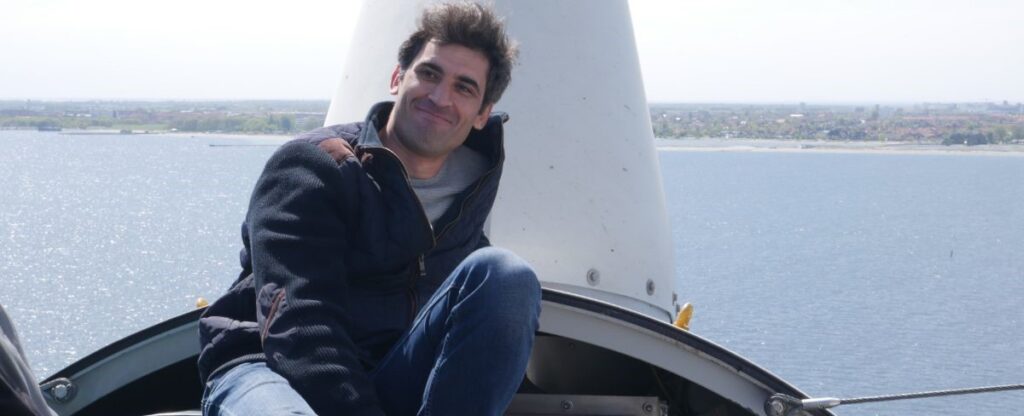The blackout that affected England & Wales on 9 August illustrates why European-funded projects, such as InnoDC, are so important. It is training 15 researchers to become international wind energy experts, and to develop tools that improve grid stability. Read the full list of their projects. Below are some examples of what InnoDC has been doing.
Prof Jun Liang:
InnoDC’s Scientist-in-Charge, Prof Liang, contributed to this year’s UK Parliament’s POSTnote Developments in Wind Power. POSTnotes are clear summaries of public policy issues that inform members of UK parliament. The Institute of Engineering & Technology recently recognised Prof Jun’s expertise by awarding him Fellowship. The IET advises and influences the global engineering sector, and awards Fellowship only to leaders in their field.
Wei Liu & Dr Gen Li:
Dr Gen Li and InnoDC researcher Wei Liu jointly published a paper proposing a protection method to overcome one of the most serious HVDC (high voltage direct current) system faults. Dr Li was a researcher on the European-funded MEDOW project, the success of which led to InnoDC. Read their paper in the IEEE Transactions on Industrial Electronics journal. They received valuable advice from Prof Liang, Dr Tibin Joseph (also a former MEDOW researcher) and Dr Ziming Song of Toshiba, an InnoDC industry partner.
Saman Dadjo Tavakoli:
InnoDC researcher Saman Dadjo Tavakoli‘s international collaboration led to his co-authoring a paper; it explores a new way to assess bipolar DC (direct current) microgrid stability and how control systems interact. A bipolar DC microgrid is a low-voltage power distribution network, suitable when high efficiency and reliability are needed, such as on ships. Read the paper in the CSEE Journal of Power and Energy Systems. Co-authors are Peng Zhang, Xiaonan Lu and Mohsen Hamzeh.
InnoDC researchers will be publishing more over the coming months; check the website for journal updates.



